Meet our CODE_n CONTEST Finalists 2016: Luxflux from Germany
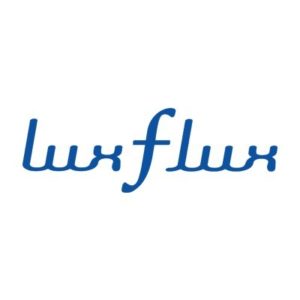
LuxFlux is a sensor company which develops and markets compact and cost-efficient micro-spectrometers. The spectral information gathered by the solution is used to identify and compare products and materials. The CODE_n CONTEST Photonics 4.0 finalist is located in the “sensor valley” in Reutlingen and seeks partners across all industries to build solutions based on their spectrometer capabilities. We talked to Founder and CEO Dr. Jan Makowski, who told us more about Luxflux:
What is Luxflux all about? How did you come up with the idea?
Jan:LuxFlux combines compact micro-spectrometers with machine-learning algorithms to deliver cost-efficient and easy-to-use solutions that allow the quick identification of substances such as polymers or pharmaceuticals.
During my PhD Thesis I worked in the field of Micro-Opto-Electro-Mechanical Systems (MOEMS). Upon graduation, I started my professional career in an electronics company. However, the idea of integrating optical functions onto a chip continued to fascinate me. Optical spectroscopy is a technology with applications in many industries waiting to be disrupted by chip technology. Marc (who has a business background) and I started LuxFlux at the beginning of this year. In addition to chip based spectrometers, we focus on algorithms to interpret spectral data to bring value to our customers.
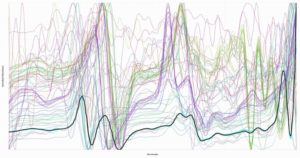
pattern recognition and algorithm
“Digital Disruption“ – that’s the motto of this year’s CODE_n CONTEST. What makes your solution innovative, what makes it disruptive?
Jan: Today spectroscopy is costly and requires trained personnel. We combine cost-efficient spectrometer hardware with pattern recognition and machine learning algorithms. This opens up spectroscopy to new user groups – users which so far did not have access to costly and complex spectroscopy labs. The hardware comprises standard components which are mass-produced for consumer devices such as video projectors. The software’s algorithms make the device easy to use for everybody. We transform a complex spectrometer into a handheld measurement device.
You’re one of the 13 finalists in the Photonics contest cluster. Which challenges do you think young companies have to face in this sector? How do you handle these challenges?
Jan: Photonics hardware development is very expensive and time consuming. In order to accelerate market entry we made the decision to integrate standard components and add features with Software. In addition, we are getting more and more into projects with established companies. This takes considerable efforts which may be due to German business culture. Events like code_n could help foster a corporate culture which increases collaboration with young companies.
You say there are many use cases in various industries for spectroscopy. In which sector do you see the most potential?
Jan: We work in the Near-Infrared (NIR) part of the optical spectrum which is ideally suited for organic compounds. In polymer and pharmaceutical use cases, we currently see the best technology-market fit. First sales into the polymer industry prove that we are on the right track. In addition, we are in early stage projects in other industries – but it is too early to talk about these.
Thank you so much for the interview, Jan!


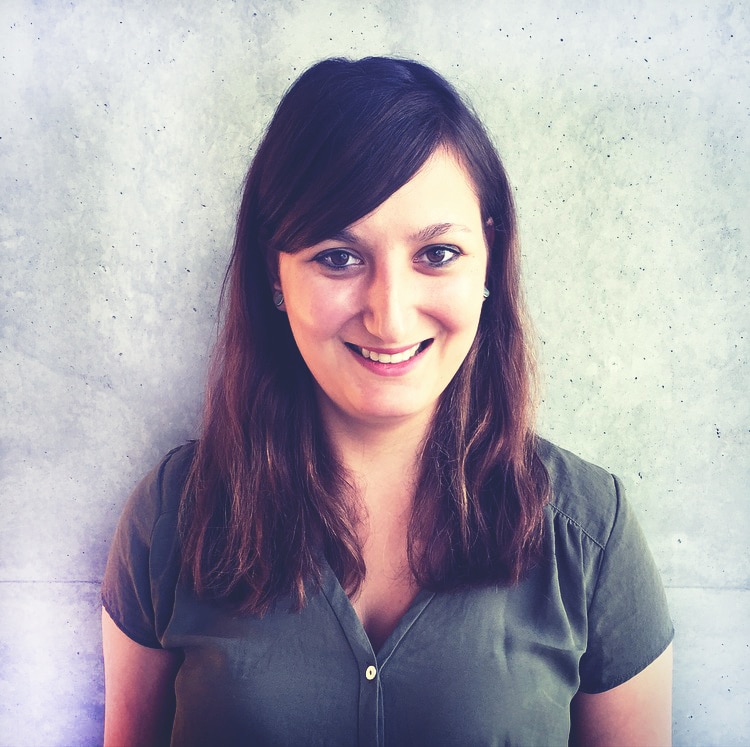
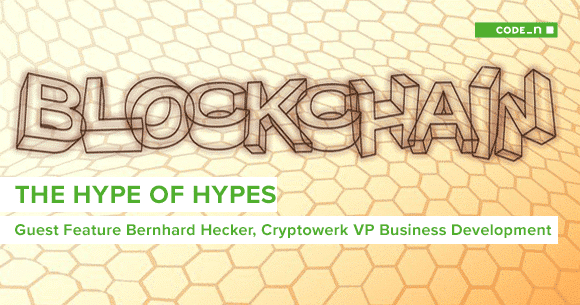
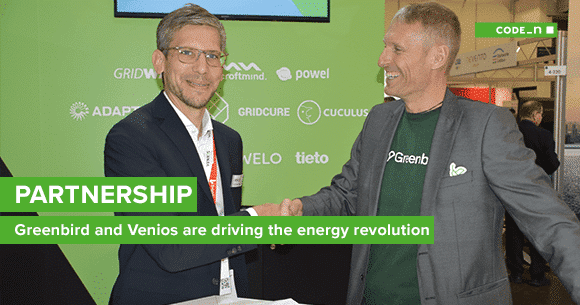
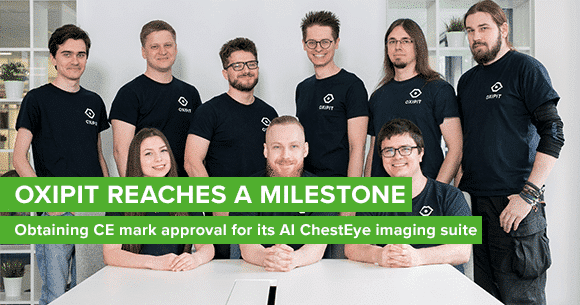
Write a comment